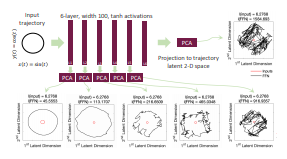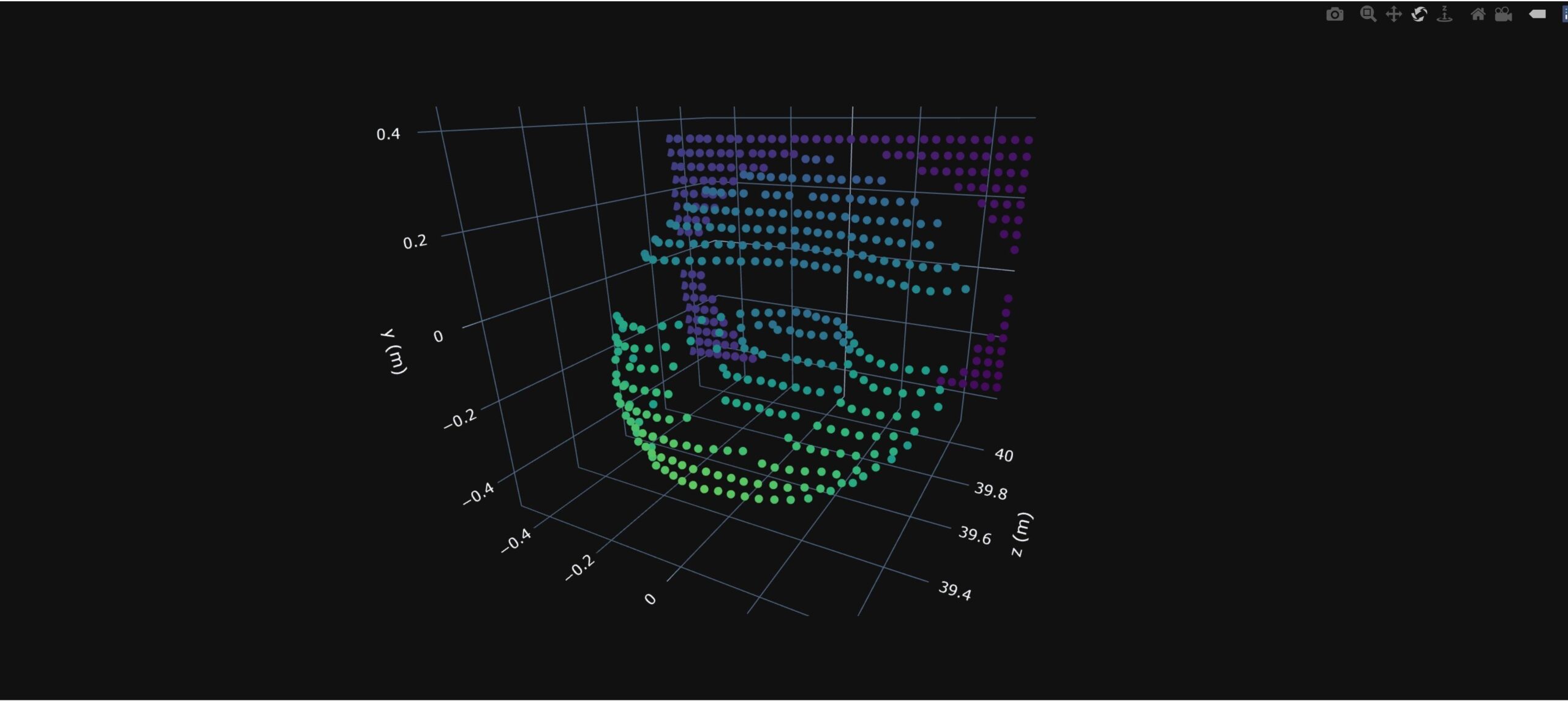(Lab 3D-prints microbes to enhance biomaterials)
2021/2/3 アメリカ合衆国・ローレンスリバモア国立研究所(LLNL)

・ LLNL が、制御されたパターンの微生物の構造体を 3D プリントで作製するプラットフォーム技術を開発。希土類金属の回収、排水の浄化やウラン鉱床の検出に役立つ遺伝子組み換え微生物群利用の可能性が期待できる。
・ クリティカルメタルの回収や自然・人工化学物質のバイオセンサー等で使用できるバイオフィルムへの産業界の関心は高まっている。LLNL では、複雑な形状でも高度に制御された条件下での微生物の挙動をより詳しく調査するためのツールと技術を開発している。
・ 以前の研究ではフィルム内の微生物構成を十分に制御できず、微生物コミュニティーの複雑な相互作用の理解を制限されていた。
・ 微生物を含んだ樹脂と LED 光により 3D 構造体を作製する同技術で、人工バイオフィルムの 3D プリントに成功。自然界における微生物の機能の観察や微生物電気合成等の技術の研究が可能となる。
・ 同人工バイオフィルムによるウランのバイオセンシングと希土類金属のバイオマイニングアプリケーションでの適用性を実証し、プリント作製した構造体が微生物機能に及ぼす影響を確認した。
・ 現在の微生物電気合成では、電極(ワイヤまたは 2D 表面)と微生物間のインターフェースに課題があるが、微生物を導電性材料と組み合わせたデバイスに 3D プリントすることで、より優れたインターフェースを備えた高導電性のバイオマテリアルによるさらに効率的な電気合成システムの実現が可能となる。
・ 新技術では、LLNL が開発した SLAM(Stereolithographic Apparatus for Microbial Bioprinting: 光造形法による微生物バイオプリンティング)3D プリンターの LED 光とバクテリアを含んだ感光性バイオレジンを使用し、3D 構造体中に微生物を「捕獲」する。ヒトの細胞の直径の薄さに近い 18 ミクロンオーダーの高解像度プリントが可能で、構造を明確化した微生物コミュニティーの設計において効果的に利用できる。
・ 今後は、より複雑な 3D 格子構造とより優れたプリンティングやバイオ機能を提供する新しいバイオレジンの開発を目指す。カーボンナノチューブやハイドロゲル等の導電性材料による電子輸送を検討し、微生物電気合成の効率向上を図る。また、栄養素や生成物質の大量輸送に向けたバイオプリント電極形状の最適化の方法を探る。
・ 本研究は、米国エネルギー省(DOE)の Laboratory Directed Research and Development(LDRD)
program の資金により実施された。
URL: https://www.llnl.gov/news/lab-3d-prints-microbes-enhance-biomaterials
<NEDO海外技術情報より>
(関連情報)
Nano Letters 掲載論文(アブストラクトのみ:全文は有料)
Projection Microstereolithographic Microbial Bioprinting for Engineered Biofilms
URL: https://pubs.acs.org/doi/abs/10.1021/acs.nanolett.0c04100
Abstract
Microbes are critical drivers of all ecosystems and many biogeochemical processes, yet little is known about how the three-dimensional (3D) organization of these dynamic organisms contributes to their overall function. To probe how biofilm structure affects microbial activity, we developed a technique for patterning microbes in 3D geometries using projection stereolithography to bioprint microbes within hydrogel architectures. Bacteria were printed and monitored for biomass accumulation, demonstrating postprint viability of cells using this technique. We verified our ability to integrate biological and geometric complexity by fabricating a printed biofilm with two E. coli strains expressing different fluorescence. Finally, we examined the target application of microbial absorption of metal ions to investigate geometric effects on both the metal sequestration efficiency and the uranium sensing capability of patterned engineered Caulobacter crescentus strains. This work represents the first demonstration of the stereolithographic printing of microbials and presents opportunities for future work of engineered biofilms and other complex 3D structured cultures.



